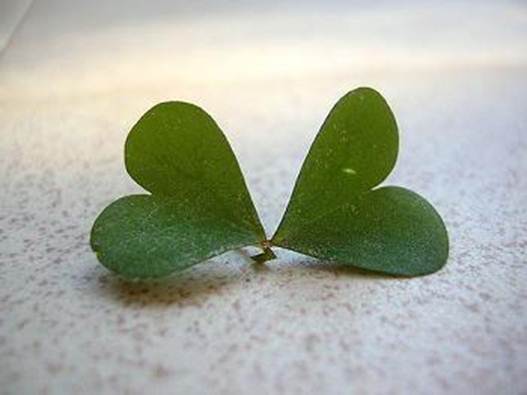Spice up your salads with this surprisingly
health plant

The Latin name for watercress, Nasturtium
officinale, means ‘nose twister’.
The Latin name for watercress, Nasturtium
officinale, means ‘nose twister’. It’s a lovely description, I think, of the
aquatic plant’s peppery bite. And it’s no surprise to learn that it belongs to
the mustard family. Eat it freshly picked and it spices up even the most
mundane sandwich or salad. But if spice and bite are not what you’re after, it
makes a great emerald-colored soup or pesto as well.
Watercress is awesomely healthy, too. Rich
in vitamins and minerals, it also contains cancer-fighting anti-oxidants, which
have elevated it to superfood status. The ancients knew this well. The Greek
general Xenophon, for example, made his soldiers eat it as a tonic, and
Hippocrates, the ‘father’ of Western medicine, used it to treat a variety of
ailments. He even built the world’s first hospital next to a stream flowing
with pure spring water so that he could grow fresh watercress for his patients.
Both the Greeks and the Romans believed that eating watercress would cure
madness.

Both
the Greeks and the Romans believed that eating watercress would cure madness.
Watercress grows wild in streams in Europe
and Asia, and was probably first cultivated in Germany in the mid-16th
century. It has only been cultivated in England since the start of the 19th
century. In Victorian times, it became a staple of the working classes, often
munched in sandwiches of breakfast.

Watercress
grows wild in streams in Europe and Asia, and was probably first cultivated in
Germany in the mid-16th century.
Today, the leafy heart of watercress
growing is the Georgian town of Alresford in Hampshire – thanks to its
mineral-rich springs that rise from the chalky aquifer below. In the old days,
hand-picked bunches of watercress were sent up to London’s Covent Garden market
on Alresford’s Watercress Line – a steam railway that reopened as a tourist
attraction in the 1970s.

Today,
the leafy heart of watercress growing is the Georgian town of Alresford in
Hampshire – thanks to its mineral-rich springs that rise from the chalky
aquifer below.
Every ear, the town hosts a watercress
festival, during which you can celebrate the emerald leaf by tasting it,
watching chefs cooking with it, buying it to take home, and visiting some of
the farms that grow it (free, but book in advance). You can also see the
Watercress King and Queen distributing the first of the season’s watercress
harvest to festival goers from a horse-drawn cart, and take part in the World
Watercress Eating Championships.
This year’s festival, on 20 May, also
features a World Watercress Soup Championships and visitors are invited to
bring along their own entries. The queen of vegetable, Sphie Grisgson, will be
judging. For more information about the festival, visit: www.watercressfedtival.org.
Watercress soup with goat’s cheese croutes

Ingredients
·
1 onion, roughly chopped
·
1 clove garlic, crushed
·
25g butter
·
1 potato, peeled and cubed
·
1l vegetable or chicken stock, (either fresh, a
cube or from concentrate)
·
250g watercress, any really woody stalks removed
·
Small baguette
·
100g goat’s cheese
·
4 tbsp double cream
Method
Cook the onion and garlic in the butter
until softened. Add the potato and stock and simmer for 15 minutes. Drop in the
watercress and wilt for a minute or two (you want the soup to be bright green)
then transfer it to a blender and whizz until smooth.
Make the croûtes. Toast the slices of
baguette, top them with the slices of goat’s cheese, then toast again.
Pour the soup back in the pan and stir in
the cream. Season well, then pour into bowls and top with a couple of goat’s
cheese croûtes.